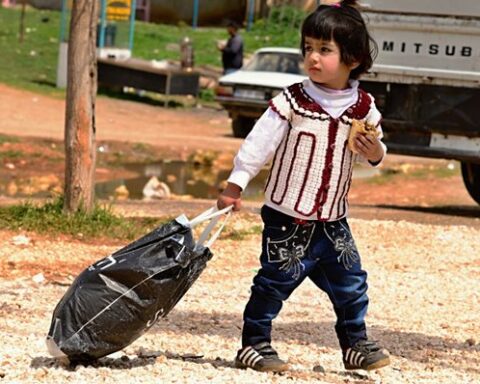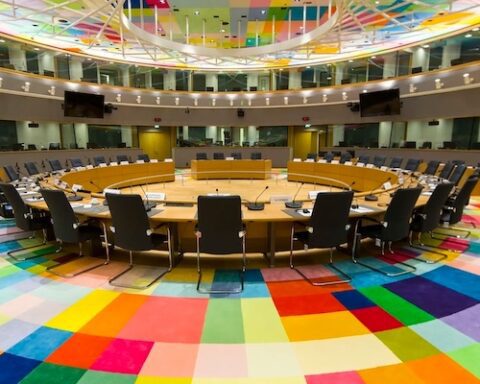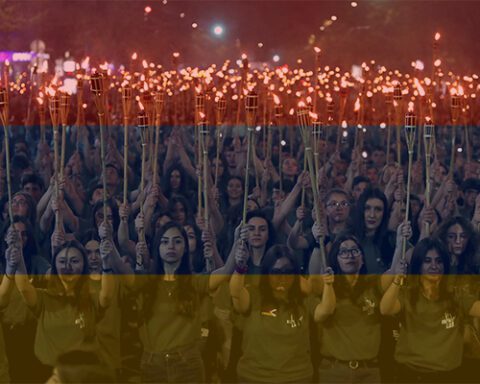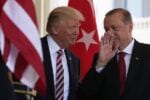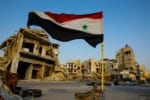With the looming Syrian government offensive in Daraa, the U.S. may be facing its final opportunity to check the Assad regime without further escalating the conflict.
Since the Syrian regime, led by Bashar Al-Assad, initiated an offensive on Daraa this June, the city and governorate of the same name has attracted much international attention.
Why is this move such a big deal in the Syrian Civil War?
Daraa is a city located in the southern province of the Daraa Governorate bordering both the nation of Jordan and the contested Golan Heights. The area is located within the de-escalation zone that was established by the United States, Russia, Jordan, and Israel in July 2017. The de-escalation zone included humanitarian corridors and was protected by a ceasefire agreement.
Daraa is today considered to be the last standing anti-Damascus rebel enclave located in Southern Syria. If victory is achieved, this will enable Al-Assad to consolidate more power in Syria, ultimately defeating U.S. interests.
![Image map [Daraa, Syria, via https://syria.liveuamap.com/]](https://limacharlienews.com/wp-content/uploads/2018/07/Screen-Shot-2018-07-16-at-8.17.16-PM.jpg)
Damascus has claimed that the purpose of the offensive is to eradicate terrorist forces in Daraa. Pro-regime forces have targeted opposition groups, mainly the Southern Front.
Important to note is that the anti-Damascus government rebel groups are a diverse and loosely based assembly. Within its ranks are the remnants of the western supported Free Syrian Army (FSA) sub-group called the Southern Front (SF). The Southern Front consists of several local tribal groups and former Syrian Arab Army (SAA) members, and has largely been in control over the Daraa Governorate since June 2015. The SF has co-existed in Daraa with several Salafist Jihadist groups that they are now finding themselves fighting alongside the SF against advancing Syrian regime forces.
One such Jihadist group is Tahrir al Sham, which used to operate under the name al Nusra and is part of the al Qaeda presence in Syria. In addition to this al Qaeda affiliated group, are also several other groups that have dubious alignments with more extreme religious affiliations. However, what unifies them is their will, temporary or not, to fight against a totalitarian dictatorship in the shape of the Assad-led Damascus government.
![Image [Drone footage of Russian, Syrian airstrikes in Daraa]](https://limacharlienews.com/wp-content/uploads/2018/07/Daraa-airstrikes.png)
Syrian government forces have gained significant ground, having initially swept through key terrain in northeastern Daraa. There is growing speculation that pro-regime forces have regained key areas such as the town of Busra al Harir, other surrounding villages and are approaching Nassib crossing.
Washington still lacks a comprehensive strategy in Syria.
On June 26th, the Arab League had called for a halt in military escalation due to alarming humanitarian conditions. The United Nations Human Rights Council (UNHRC) has reported that the total number of displaced now stood at more than 320,000 with 60,000 gathered at the border crossing with Jordan. The growing refugee flow into the Syrian-Jordanian border is extremely problematic for Jordan as it is currently in favor of a returnee immigration policy and temporarily closed down the Jordanian border.
In early July, as a result of ongoing pressure along the Jordanian border, Amman initiated a ceasefire negotiation between Syria, Russia and the opposition groups. So far, it appears that the Syrian government and the Russians entered peace negotiations with an upper hand. The Syrian government has repeatedly demanded that the rebel groups surrender and hand over their heavy weapons, which include anti-air weaponry, while continuously conducting intensive airstrikes over Daara. Also, there is speculation that the Russians orchestrated a semi-weak reconciliation agreement with some rebel groups urging them to move to the Idlib Governorate.
![Image [Russian President Vladimir Putin and Syrian President Bashar al Assad meeting in Moscow. (AP photo)]](https://limacharlienews.com/wp-content/uploads/2018/07/Assad-Putin.png)
In eastern Syria, the Kurdish People’s Protection Unit (YPG) still controls key areas. The YPG is a major component in the Syrian Democratic Forces (SDF) coalition in the Western-backed offensive against the Islamic State of Iraq and al-Sham (ISIS). However, the YPG is still vulnerable to a possible counter-offensive from pro-regime forces.
There is growing speculation that pro-regime forces will initiate a major counteroffensive in Eastern Syria. Damascus is already setting the conditions by trying to shake up the relationship between the U.S. and the Kurdish Democratic Union Party (PYD), which is the political leadership of the YPG. After the recent Manbij agreement between the U.S. and Turkey, PYD made an unprecedented move by considering negotiating with Damascus for security guarantees. Despite this, it remains vital that the U.S. curb the pro-regime efforts in Daraa and the rest of Syria. If the coalition fails to deter Damascus’ expansion campaign, all of the areas that the U.S.-led coalition helped liberate from ISIS may fall under the influence of Syria, Iran, and Russia.
![Image [Daraa, Syria (Photo via geopoliticalfutures.com)]](https://limacharlienews.com/wp-content/uploads/2018/07/Daraa-Syria.png)
Moving forward, the U.S. should support a strategy that doesn’t diminish its presence in Syria. Senator Lindsey Graham’s policy recommendation is that there should be no future U.S. troop withdrawal in northeastern Syria, and the U.S. should continue to work with both Turkey and the YPG in order to push back against Iran and ISIS. Further U.S. troop withdrawal would be a counterproductive move that could badly impact U.S. interests in Iraq, allowing Iran to rebuild its arc of influence extending from Iran to Lebanon.
Asha Castleberry, Lima Charlie News
[John Sjoholm contributed to this article]
Asha Castleberry is an adjunct faculty professor at Fordham University. She teaches U.S. Foreign Policy, International Politics, and United Nations Peace Operations. She is a U.S. Army Veteran and she served for Combined Joint Task Force-Operation Inherent Resolve in Iraq and Kuwait.
Lima Charlie World provides global news, featuring insight & analysis by military veterans, intelligence professionals and foreign policy experts Worldwide.
For up-to-date news, please follow us on twitter at @LimaCharlieNews
In case you missed it:

![Image How the Daraa Offensive will change America's presence in Syria [Lima Charlie News]](https://limacharlienews.com/wp-content/uploads/2018/07/How-the-Daraa-Offensive-will-change-Americas-presence-in-Syria-1.png)
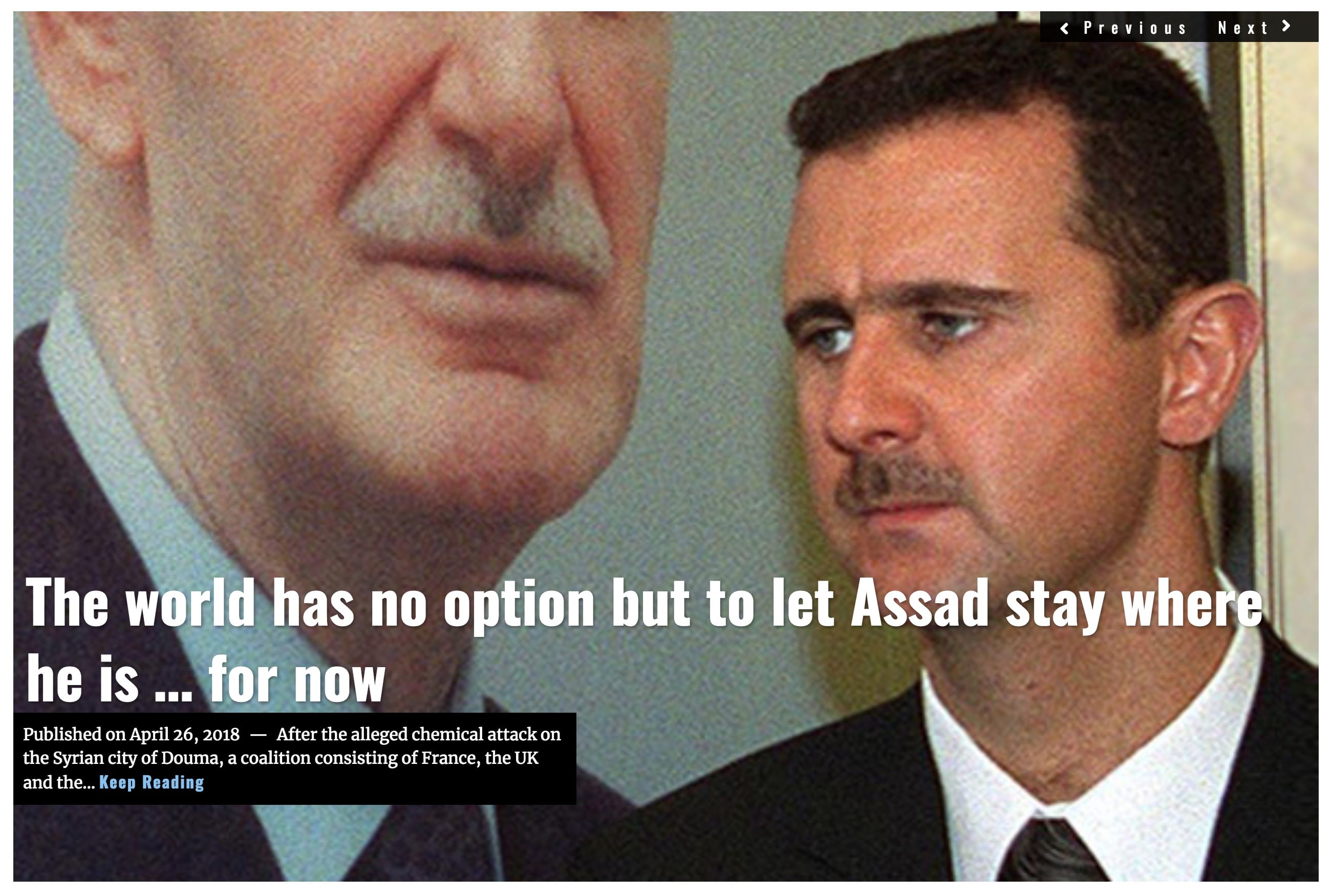
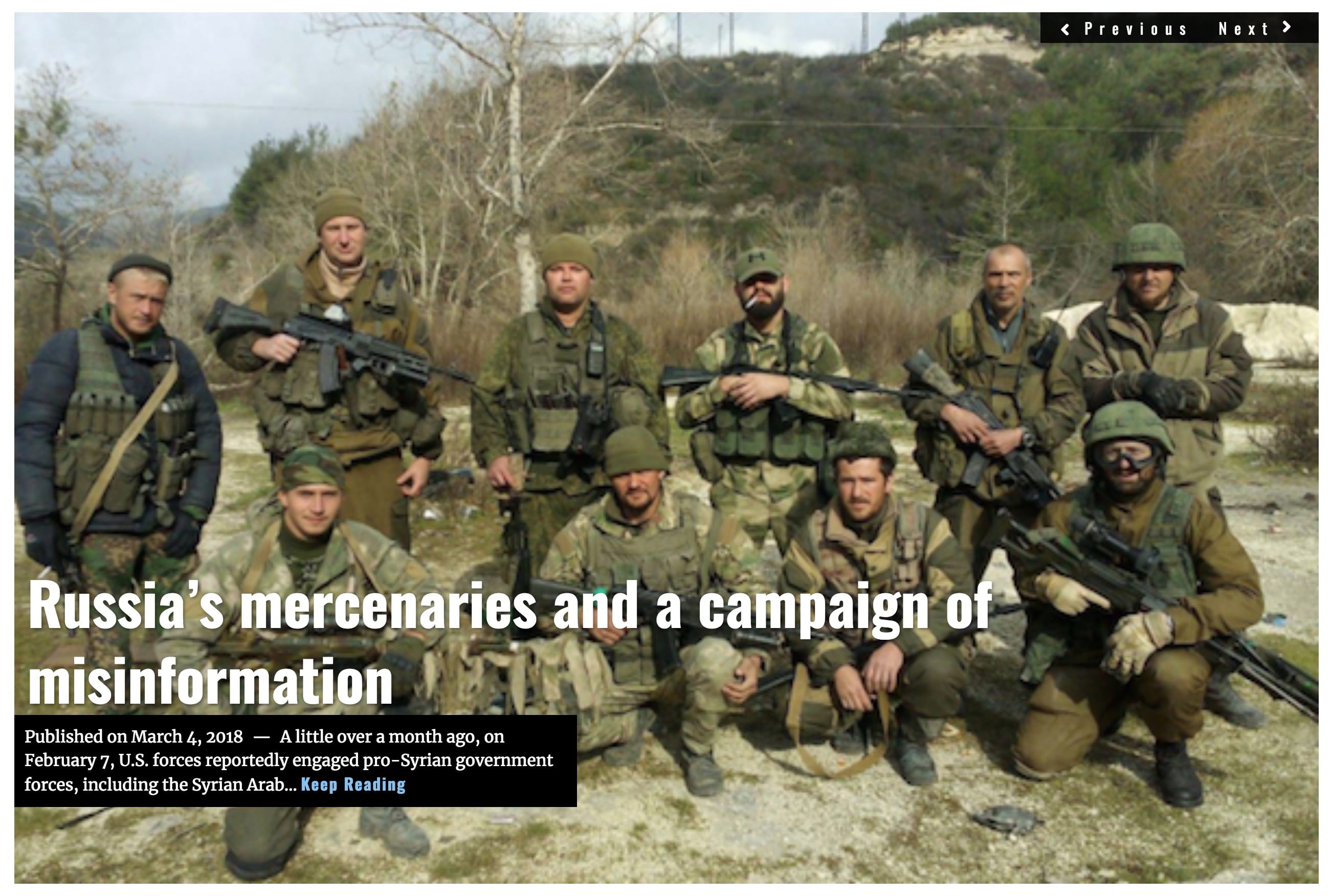
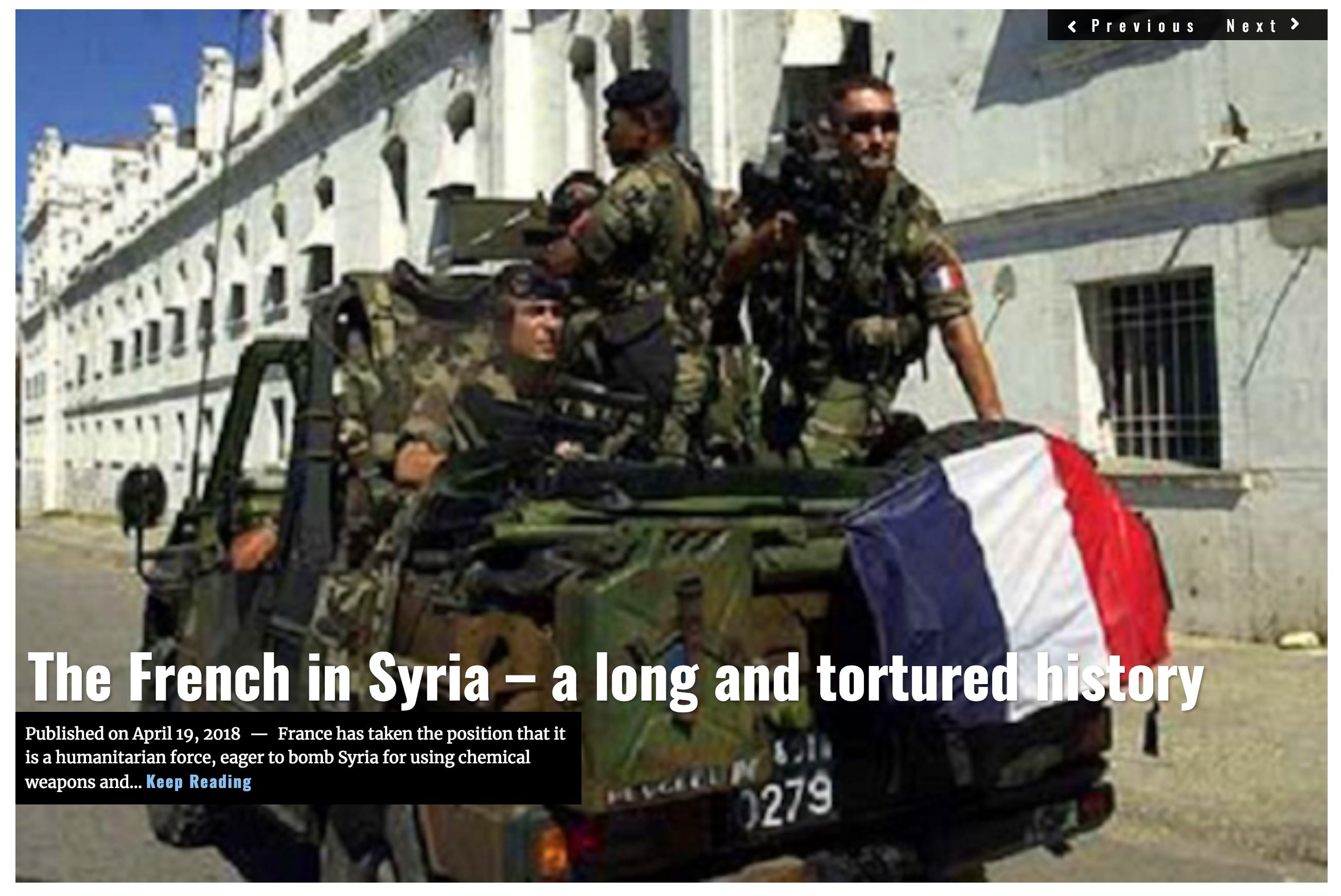

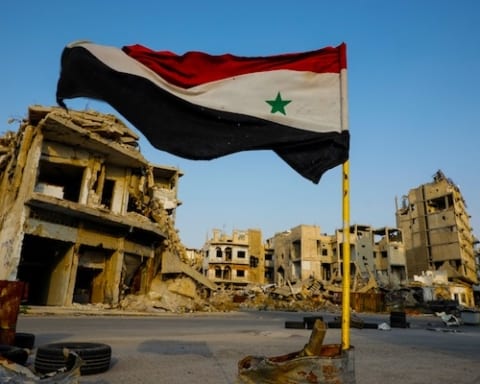
![Syria’s oil, gas and water - the Immiscible Solution to the War in Syria [Lima Charlie News][Photo: ANDREE KAISER / MCT]](https://limacharlienews.com/wp-content/uploads/2019/05/Syria’s-oil-gas-and-water-480x384.png)
